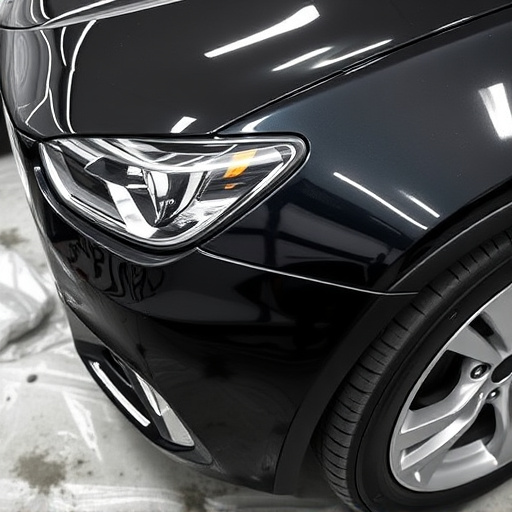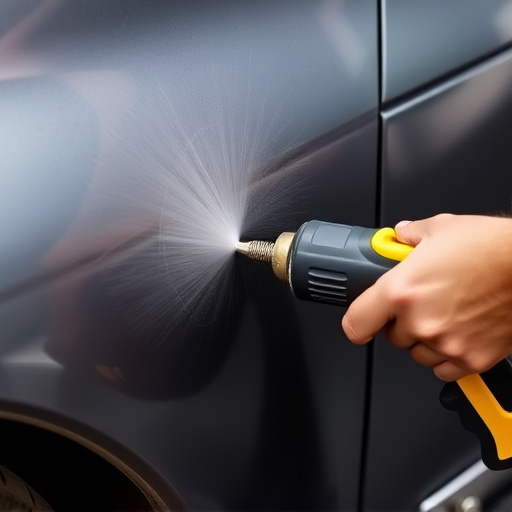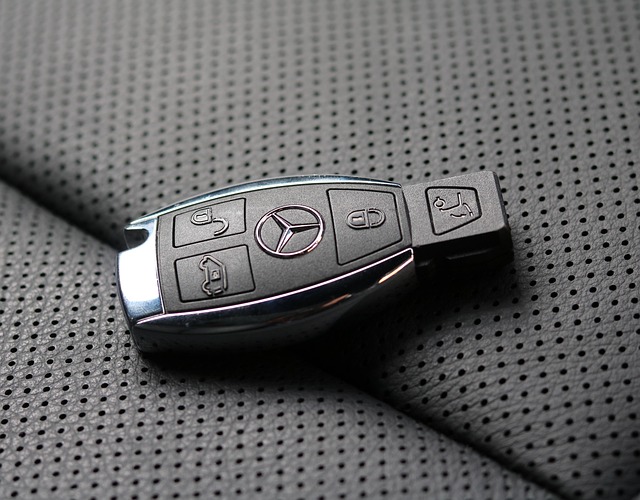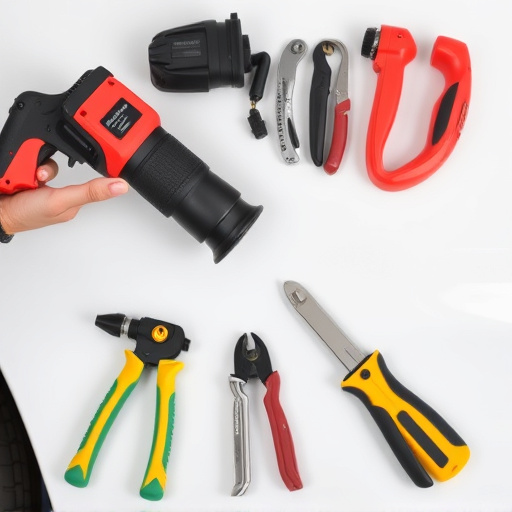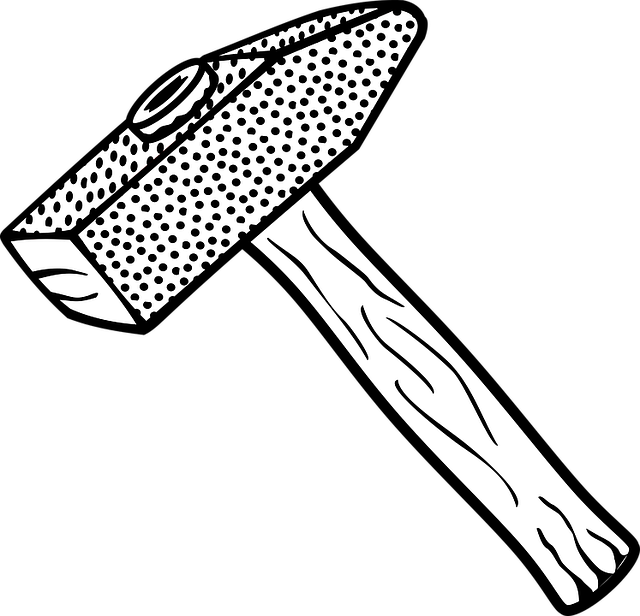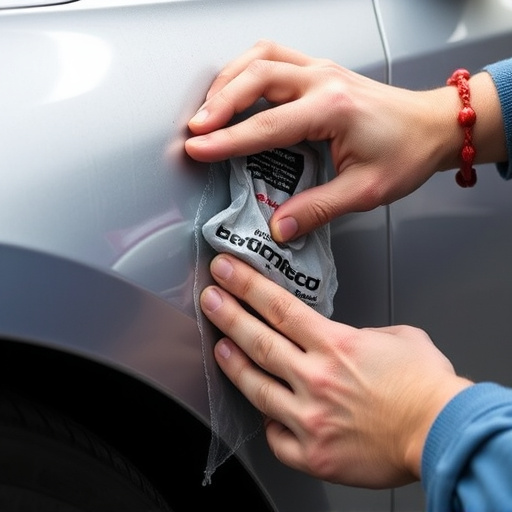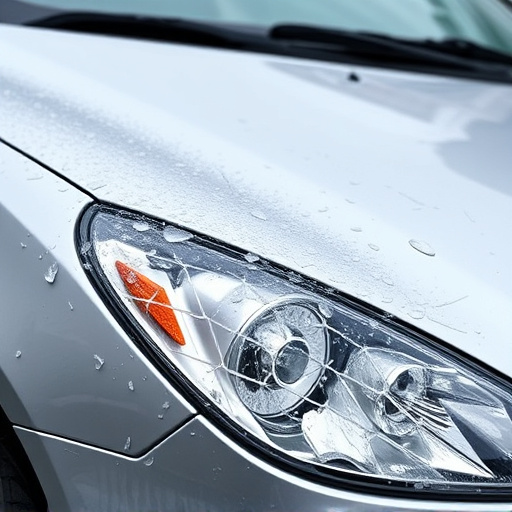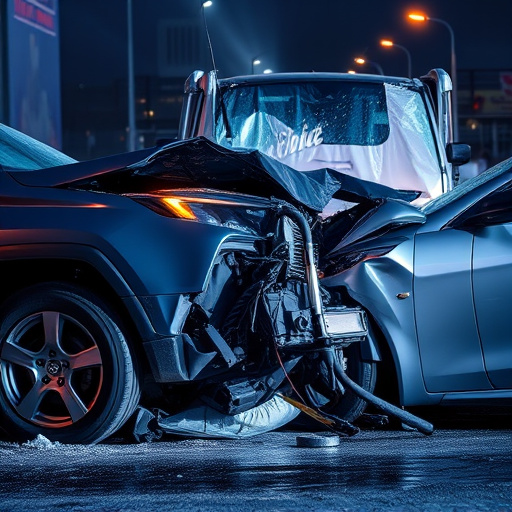Chrome repair restoration offers two main methods: plating and polishing. Plating adds a new chrome layer for a durable, reflective finish, ideal for severe damage or factory-new appearance. Polishing removes scratches for a mirror-like surface without altering design. Assessment of damage and surface condition determines the approach. Replating is more expensive but lasts longer; polishing is cheaper for minor wear. Regular maintenance is key, with touch-ups needed for replated chrome vs. routine cleaning for polished chrome.
When it comes to chrome repair and restoration, deciding between replating and polishing is a crucial step. This article guides you through the process, helping you choose the best method for your needs. We’ll explore the intricacies of chrome plating and polishing, evaluate damage and surface conditions, and delve into cost, durability, and maintenance considerations to ensure a lasting, sparkling finish.
- Understanding Chrome Plating and Polishing
- Evaluating Damage and Surface Condition
- Cost, Durability, and Maintenance Considerations
Understanding Chrome Plating and Polishing
Chrome plating and polishing are two distinct processes used in chrome repair restoration, each with its unique benefits and applications. Chrome plating involves depositing a thin layer of chrome onto a base metal, creating a smooth, durable, and reflective surface. This process is often used to restore or enhance the appearance of various automotive parts, such as car body shop fixtures, wheels, or trim pieces. The result is a gleaming finish that can rival factory-new appearances, making it a popular choice for those seeking to revive their vehicle’s aesthetic appeal.
Polishing, on the other hand, focuses on improving the existing chrome surface by removing minor scratches, swirls, and imperfections. This technique uses specialized compounds and buffing tools to create a mirror-like finish, enhancing the natural reflectivity of the chrome. Car scratch repair enthusiasts prefer polishing for its ability to breathe new life into older pieces or fill in subtle damage without altering the original design. Car bodywork services that offer both plating and polishing allow customers to choose the best solution based on their specific needs, whether it’s a complete transformation through replating or a more subtle enhancement via polishing.
Evaluating Damage and Surface Condition
Evaluating Damage and Surface Condition is a critical step in deciding whether to opt for replating or polishing during chrome restoration. Begin by assessing the extent of pitting, scratches, and dents on the surface. If the damage is shallow and limited to minor imperfections, polishing might be sufficient to restore the chrome’s luster. However, deeper damage, such as severe pitting or large cracks, may require replating for a complete overhaul.
In cases like a Mercedes Benz collision repair or general automotive restoration, understanding the underlying structure is essential. For instance, if the chrome is only slightly damaged but has lost its finish due to environmental factors or neglect, polishing can effectively rejuvenate the surface without replacing the entire layer. Conversely, when dealing with extensive corrosion or severe wear, replating offers a more durable solution, ensuring a like-new appearance for years to come.
Cost, Durability, and Maintenance Considerations
When considering chrome restoration options, the decision between replating and polishing is a significant one. Both methods have their financial implications; however, the cost can vary greatly depending on the severity of the damage and the scope of the work. Replating, which involves applying a new layer of chrome over the existing metal, tends to be more expensive due to its intricate process and material costs. On the other hand, polishing offers a more economical solution for minor wear and tear, as it merely buffs away scratches and restores a portion of the chrome’s shine without replacing the entire surface.
In terms of durability, replating provides an advantage as it creates a fresh, smooth surface that can last for several years with proper care. This makes it a popular choice in automotive collision repair centers where longevity is crucial. Polishing, while effective for short-term enhancements, may not offer the same level of long-lasting protection against scratches and corrosion. Regular maintenance plays a vital role in the decision as well; replated chrome requires more frequent touch-ups and care to maintain its appearance, whereas polished chrome can be maintained with routine cleaning, ensuring it stays in top condition for an extended period.
When deciding between replating and polishing for chrome repair and restoration, understanding the unique benefits and drawbacks of each method is key. Evaluating the damage and surface condition guides the choice, with replating offering a complete overhaul suitable for severe cases. Polishing, however, provides a more economical option for minor wear and tear, enhancing the existing finish. Cost, durability, and maintenance considerations should also factor into your decision, ensuring you choose the best chrome restoration method for long-lasting results.
